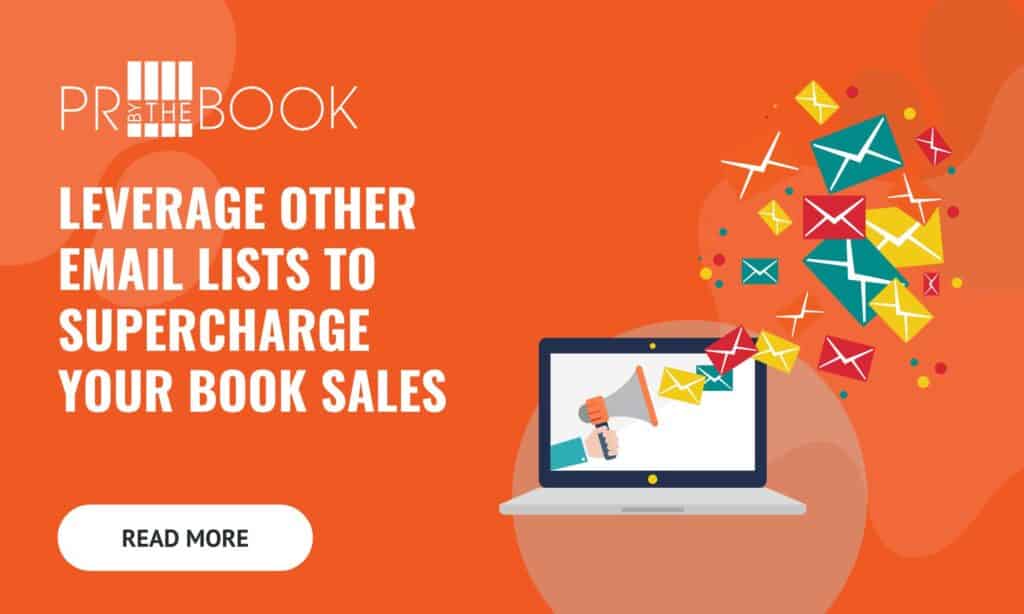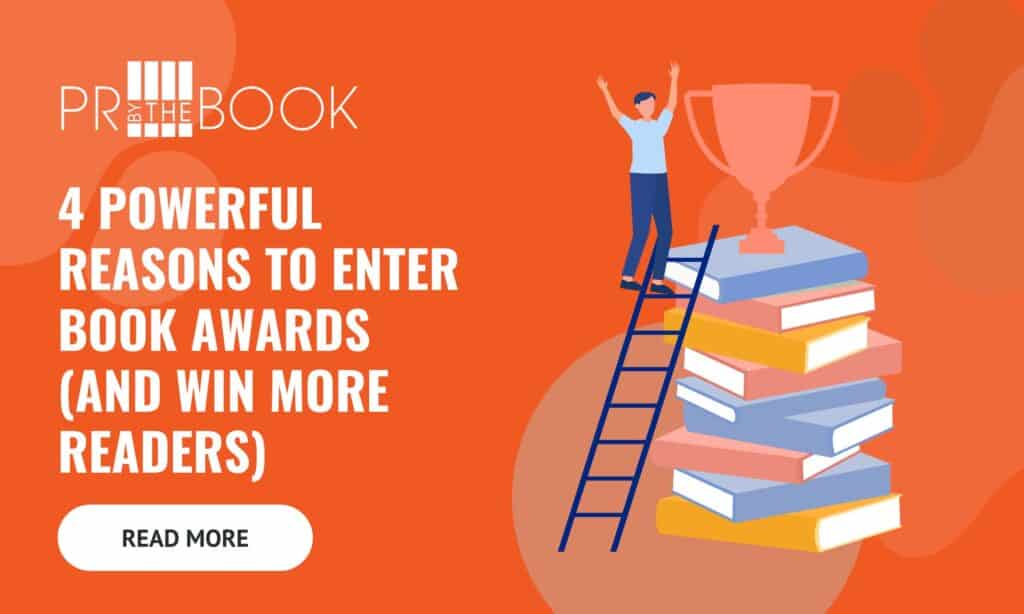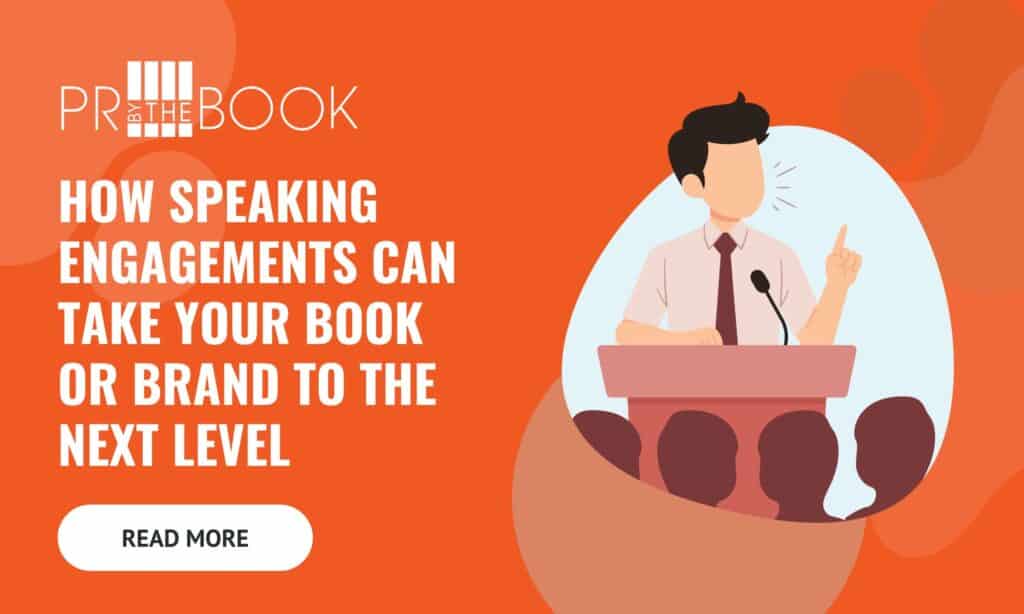Getting Your Books on Bookstore and Library Shelves

Special thanks to Keri Rae Barnum of New Shelves Books for her help with this post and her appearance at our January Author to Influencer Accelerator Power Hour!
You wrote a book (great! Congrats!). You want your book in your local bookstore or library (honestly, who doesn’t?). You want…well, you’re not sure exactly how to sell your book to retailers. Worse, you don’t even know what you’re supposed to know before you start selling your books to retailers! From your product to your marketing, we’ve got a great guide here on what to know before you start approaching book buyers.
THE PRODUCT
In order to sell to bookstores and libraries, you need to make sure your book fits with some specifications. Bookstores and libraries want real, finished, professional books lining their shelves. If you’re self-published or didn’t otherwise have help from a publisher in designing your book or cover, make sure you read these specs closely!
Product Specs:
- A well-written and edited manuscript
- A marketable cover that is on brand and on genre
- What do we mean? If you put your book on a shelf with other books of the same genre, it should fit in. It should look like it belongs. As much as people preach to not judge a book by its cover, most people do.
- A properly formatted and priced ISBN barcode (This point is more for bookstores as libraries aren’t purchasing books for reselling.)
- Check out this How To Create a FREE Priced Barcode for Your Book Cover video by New Shelves books for help!
- A nicely formatted spine (Spines are usually what sell books in physical spaces when books get stacked – most books in libraries and bookstores are not forward facing!)
- Clear title and author name are top priority! Not only is this important information to have displayed, but doing this makes the job of the librarian/ bookstore shelver easier
- A colophone (the publisher’s logo) is not a must but it does give your book a more professional edge
- Competitive market price
- Do your research. Find comparable (comp) titles in topic, size, and length, and price your book within $1-2.
THE DISTRIBUTION
Wholesalers: Who are they and why do they matter?
According to the Oxford Dictionary, wholesalers are “a person or company that sells goods in large quantities at low prices, typically to retailers.” Basically, wholesalers buy your book from the publisher and then sell them to bookstores and libraries. They connect authors and publishers to the retail space as the middleman and often influence buying decisions.
The most popular wholesalers are: Ingram (publishing through IngramSpark should get you into Ingram wholesale but be sure to check), Baker & Tyler (librarians’ preference), Overdrive, and Hoopla.
Discounts and Returns
(Note: if you’re not ready to consider selling at discounts or accepting returns for any reason, then you’re not ready to be selling to bookstores! Wait until you’re comfortable and able to deal with these terms to pursue selling to bookstores.)
Discounts and returns are how retailers stay in business – you won’t really have to worry about this with libraries since libraries make a one-time purchase and then loan your book out. They’re not attempting to sell it, which means they won’t have to deal with returns outside the standard library returns.
You have to allow returns on your book if you want to sell it to bookstores – while booksellers don’t want to return your books, it’s a good insurance policy for them. They’re more likely to purchase your books if they know they’re returnable! Know that they’ll try their very best to sell your book before returning it, however if they
Standard discount terms are 40% for booksellers – if you’re selling through Ingram Spark, then the discount is 55% total (15% goes to Ingram, the remaining 40% comes from booksellers.
How do stores and libraries buy books?
- Books are presented to buyers at a store or library
- Books are reviewed for consideration
- Books are chosen for the next planogram change or purchase order
- Planogram: “a diagram showing retailers how to arrange a display of particular products for the best sales advantage.”
- The bookstore or library places their order with their preferred wholesaler or directly through the publisher
- Books are printed and shipped
- Books are received by customer and stacked on shelf (usually spine side out!)
THE MARKETING
What do you need when showing up to sell your book? You need…
Sales sheet or “one sheet.”
This is a sheet that should have all the information a customer could possibly need. It’s a great tool to not only make you look incredibly professional, which makes booksellers want to work with you, but also to leave at various retailers and libraries so they remember your book and remember the conversation or, if they’re busy at the time you stop by, they can still get all the info and get back in touch with you later to discuss further.
Your one sheet needs to have the book cover, synopsis, ISBN for each format, pricing and sale terms, author information, and contact information. Make important points stand out, for example, “Returnable!”
Consider getting your one sheet professionally printed on high quality paper in full color. This will make your one sheet stand out, make you seem professional, and make booksellers want to work with you. If you have all the information a bookseller may be looking for on a quality sheet, you make their job very easy. And when you make their job very easy, they’ll want to work with you. Win-win!
If you’re emailing retailers, it’s a great idea to include your one sheet however don’t insert it as an attachment! Instead embed it under your signature (or at the bottom of the email) as a JPEG to avoid being flagged as spam!
Social Proof
Social proof comes in 4 primary forms that retailers care about: professional reviews, book awards, media appearances, and professional achievements.
Professional reviews give your work social credibility. These reviews can open the gate to getting your book into retailers and libraries. Look at getting a professional review from one of the following places: Publishers Weekly, Booklist, Kirkus Reviews, Bookreporter, Shelf Awareness, Foreword, American Book Review, Library Journal, Midwest Book Review. Pulling out key phrases from these reviews to include on your one sheet is a great way to show social proof.
You can find hundreds of different book awards online you can submit for – Book Award Pro is a great resource we recommend. They’ll help search for book awards that are good fits for you based on your book’s keywords and genre, however this is also something you can look up yourself if you don’t have an account and don’t want one (there are free accounts available, though!).
Professional achievements are really important for nonfiction authors – those people whose full-time job or expertise relate to their book’s content and core messaging. This helps build your credibility not just as an author but as an expert in a specific field.
Marketing Plan
Anything you have related to your marketing can be highlighted on your one sheet or discussed in a meeting. Retailers want to know what work you’re putting in to build buzz around your book and reach your target audience so this audience knows your book exists and will show up to purchase.
Approaching Buyers
There’s one thing you need to keep in mind when approaching buyers: “What’s in it for them?” Imagine you’re a salesperson learning about a book for the first time. What are the things you’d want highlighted? What’s the important information you need to know in order to sell the book? (This is where your one sheet comes in handy!)
Book buyers are busy, and that’s not often their only job – the buyer for a specific store or library may also be the owner, bookkeeper, librarian, shelver, accountant, manager … point is, these are busy people. You want to highlight the things that are important to them and show them how you can help them in order to make them want to work with you. Also be sure to respect their time – if they’re not available at the time you call or stop by, instead of trying to squeeze in a shortened pitch offer to leave your one sheet with them (or email it), highlight your contact information, and ask if there’s a better time for you to get in touch or tell them they can reach back out at their convenience. Trying to quick-pitch them won’t get you far, trust me!
Stores only carry books they feel will sell. No matter your pitch, if you can’t convince them your book will appeal to this audience who will then come to their store to purchase it, booksellers won’t want to “take the plunge.” It’s not their job to “give your book a chance” – if they decline then be graceful (if not just to be polite, also try to avoid burning that bridge in case your next book will sell and bring in customers. If they had a previous bad experience with you, they’re unlikely to give you another chance).
Goals
Bookstores want to carry books that will make them money. Libraries want to carry books that will benefit their community and/ or bring in patrons.
Here is the most asked-after information that you need to know before you walk into a meeting to pick up the phone:
- Your title/ ISBN
- Where can the store or library order your book?
- What discount and returnable terms do you offer?
- What marketing are you doing?
- Talk to your publisher and know a few of the points
- Why would the store expect to sell any copies of your book?
- How does your book benefit the library’s patrons?
- Can you provide value long distance?
When should you approach buyers?
Bookstores order books based on their planogram for a sales season, so you need to pitch them 4-6 months before you want your book on shelves. If you have a book that’s being released around Halloween and want your local bookstore to carry it at that time, you need to let them know about your book between April and June – any later than that and your chances of making it in time are slim given how far in advance planograms are planned and decided on.
Libraries may order monthly, quarterly, or bi-yearly, and they purchase based on their quarterly or bi-yearly budgets. Budgets are usually (not always!) renewed November-May, June-October. Spring is a good time to pitch, however there are no real “bad” times.
There’s really no right time to approach buyers, however, there is a wrong time. Don’t approach bookstores from mid-November to mid-January! The holidays are their busiest season (did you know 40% of books are purchased between November and January?!) and they will not have time to listen to your pitch nor consider where your book may fit into their next planogram. Give them some grace, and sit on your book until February.
Using this to guide your selling materials and knowledge is going to help you get a leg up on your competitors. From your product to your marketing and distribution, every point matters to booksellers, and it should all matter to you, too! Having all the important information, a properly-formatted product, and a professional demeanor and one sheet will make you someone retailers want to work with, opening the door to future partnerships and purchases.
Looking for more publishing tips? Check out:
Emily Williams

Leverage Other Email Lists to Supercharge Your Book Sales
Leverage Other Email Lists to Supercharge Your Book Sales SHARE

4 Powerful Reasons to Enter Book Awards (and Win More Readers)
4 Powerful Reasons to Enter Book Awards (and Win More

How Speaking Engagements Can Take Your Book or Brand to the Next Level
How Speaking Engagements Can Take Your Book or Brand to

